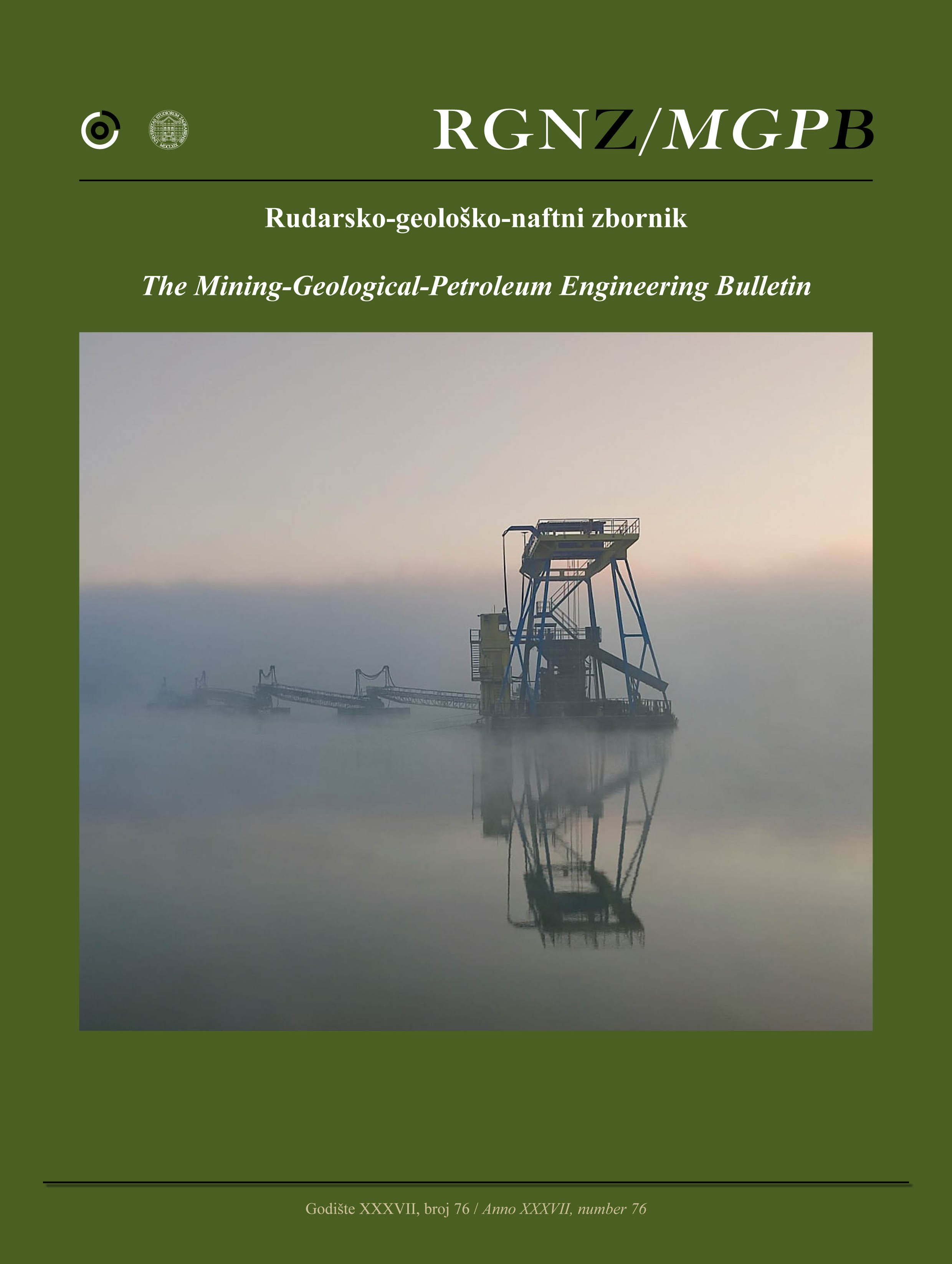Mechanical activation and geopolymerisation of Taiwanese fly ash
DOI:
https://doi.org/10.17794/rgn.2025.5.12Keywords:
fly ash, geopolymer, mechanical activation, pozzolanic activityAbstract
The use of raw fly ash in the production of cement and geopolymer products is limited due to its low reactivity. However, the reactivity of fly ash can be increased through a mechanical activation process, allowing for its wider use. This study focused on the mechanical activation and geopolymerisation of coal fly ash originating from Taiwan. The mechanical activation was carried out by grinding in a batch-stirred media mill for 1, 3 and 5 minutes. The fineness and specific surface area significantly increased after 1 minute, and then only slightly decreased with further milling. The lime absorbance test showed significant improvement in pozzolanic activity (130-140% increase) after mechanical activation. For geopolymer synthesis, a 10M NaOH solution was used as an alkali activator with a liquid/solid ratio of 0.35. The geopolymer containing 3-minute fly ash grind produced the highest 28-day compressive strengths (36.1 MPa). The structural characterisation of fly ash and geopolymer was carried out by Fourier Transform Infrared (FTIR) spectroscopy. Changes in the FTIR spectra of fly ashes indicated the formation of amorphous aluminosilicate gel, a new reactive product as a result of geopolymerisation. Based on the strength development of geopolymers, mechanical activation enhanced the reactivity of fly ash, resulting in rapid setting and higher strength development during the early stages of geopolymerisation. The results clearly showed that, after mechanical activation, fly ash became a more reactive raw material, offering greater application potential than its current uses in cement production, road construction, and soil stabilisation.
Downloads
Published
Issue
Section
License
Copyright (c) 2025 Fanni Dolgos, Roland Szabó, Wei-Ting Lin, Gábor Mucsi

This work is licensed under a Creative Commons Attribution 4.0 International License.
Creative Commons-BY
Authors who publish with this journal agree to the following terms:
In agreeing this form, you certify that:
- You read the ethical codex of the RGN zbornik available at journal web.
- You submitted work is your original work, and has not previously been published and does not include any form of plagiarism.
- You own copyright in the submitted work, and are therefore permitted to assign the licence to publish to RGN zbornik.
- Your submitted work contains no violation of any existing copyright or other third party right or any material of an obscene, libellous or otherwise unlawful nature.
- You have obtained permission for and acknowledged the source of any illustrations, diagrams or other material included in the work of which you are not the copyright owner.
- You have taken due care to ensure the accuracy of the work, and that, to the best of your knowledge, there are no false statements made within it.
- All co-authors of this submitted work are aware of, and in agreement with, the terms of this licence and that the submitted manuscript has been approved by these authors.
Publication licence
You retain copyright in your submitted work, according to journal license policy (CC-BY). By signing this form you agree that RGN zbornik may publish it under the publication licence. In summary the licence allows the following:
Anyone is free:
- To copy, distribute, display, and perform the work.
- To make derivative works.
Under the following conditions:
- The original author must always be given credit.
- The work may not be used for commercial purposes.
- If the work is altered, transformed, or built upon, the resulting work may only be distributed under a licence identical to this one.
Exceptions to the licence
In addition to publishing the work printed under the above licence, RGN zbornik will also enable the work to be visible online.
The journal editorial can change the licence rules anytime but it cannot retroactively restrict author(s) rights.


